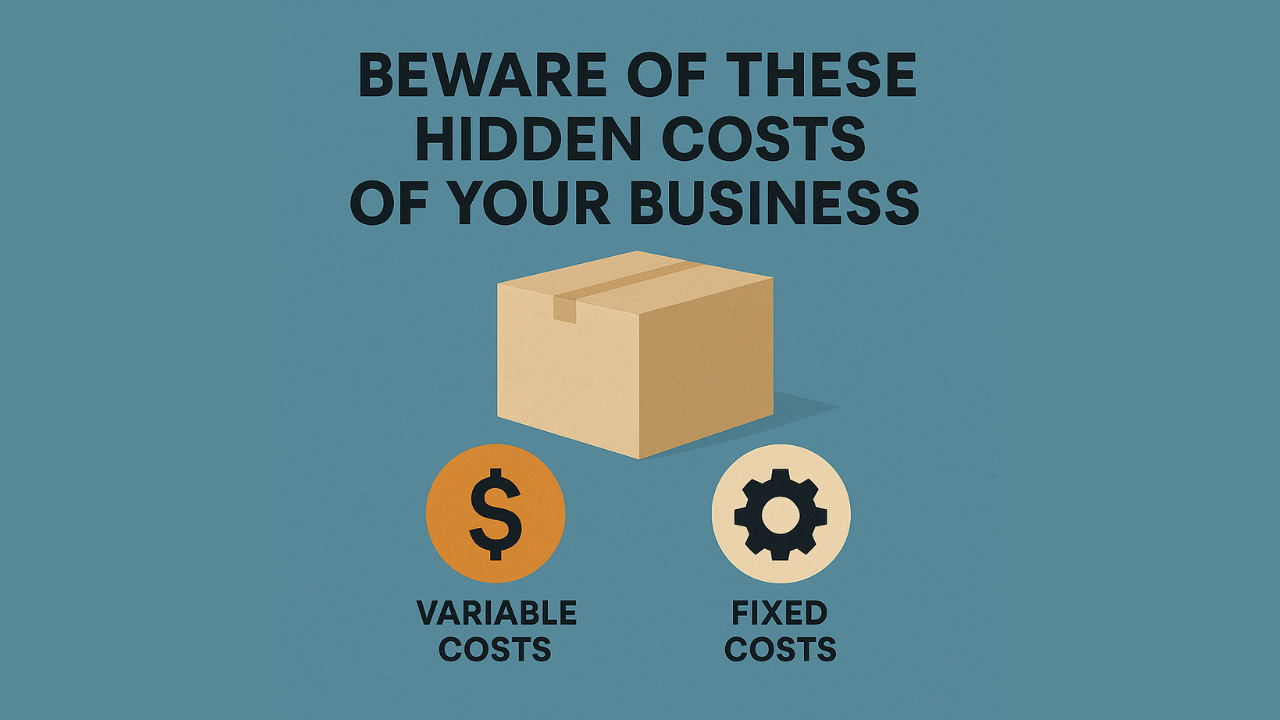Discounts as a Negotiation Strategy
Oct 05, 2025
Pricing products fairly can be complex in creative industries. Even when you have set a fair price, presenting it to customers can feel like walking on a tightrope. You want to be fair, stay competitive, and ensure you’re not undervaluing your work. But most clients will try to negotiate. So how do you stay confident in your pricing while leaving room for flexibility?
Discounts can be a clever way to close deals, maintain your value, and build client trust. Here’s how to use discounts as a negotiation strategy without compromising your own work’s value.
Discounts as a Strategic Tool
To fully utilize discounts as a strategic tool, you will need to understand what are the core challenges that your business faces. Are you struggling with high upfront costs? Are clients hesitant due to complexities with your service? Is it difficult to upsell clients more than one product or service?
When you know what the key priorities of your business are – cash, clarity, or repeating purchases – it is easier to define how discounts can be used as a negotiation tool to close deals.
High Upfront Costs? Offer Discount for Upfront Payment
Creative projects often come with cash flow challenges, especially if you're juggling multiple clients. By offering a discount for full upfront payment, you can solve two problems at once: guarantee cash in hand and give your client a sense of savings.
For example, a freelance graphic designer might charge 2,000€ for a brand identity project. Instead of breaking it into milestone payments, offer a 10% discount if the client pays the full 1,800€ upfront. You secure your income, while the client feels like they’re getting a deal. Win-win.
Client Hesitates? Discount Low-Cost, High-Value Add-Ons
In many cases, customers hesitate to buy the product or service, even if everything looks good on paper. A useful strategy is to offer a discount on items or services that cost you little but add significant perceived value to the client. This tactic works because you’re not reducing your core price. Instead, you’re enhancing your offering strategically.
For example, a photographer might offer a free 30-minute pre-shoot consultation or an extra 5 retouched images as part of a package deal. These additions may only take an extra hour of your time, but they can help tip the scale for a hesitant client.
Client Hesitates? Justify Discounts through Cost Transparency
Sometimes the simplest way to convince hesitant clients is to just be honest. When you show the client how much goes into a project in terms of your time, tools, software, travel, and talent, it’s easier for them to understand your pricing. It also gives you room to offer a small, reasonable discount while still being respected. Instead of arbitrary discounting, this reinforces the value of every line item and lets clients choose what they’re paying for.
For example, a video editor breaks down a 3,000€ project into storyboarding, editing, motion graphics, music licensing, and color grading. If the client balks at the price, the editor might remove one component (like advanced motion graphics) to bring the cost down to 2,500€. However, be aware that you aren’t removing components that are essential to the quality of your service. If you’re a professional photographer, would you really want to send your client unedited photos?
Want Repeat Purchases? Offer Volume or Multi-Project Deals
If a client is interested in a long-term relationship or booking multiple services, offer a discount based on volume. This gives them an incentive to commit and gives you the promise of steady work. This kind of deal rewards loyalty and makes you more attractive than competitors offering only one-off services.
For example, a content strategist might charge 500€ per blog post. But for a 6-month retainer of four posts per month, they could offer a 15% discount, bringing the monthly cost to 2,550€ instead of 3,000€.
On the other hand, an artist might encourage clients to buy more than one piece at an exhibition by offering volume discounts.
Remember: Keep Discounts as a Bespoke Offer
No matter what kind of strategy fits best for you, keep discounts as a thoughtful gesture, not as a default. This way your value is kept intact, while your clients feel like they are getting an exclusive offer.
In creative industries, your pricing reflects your value, experience, and vision. Discounts don’t have to mean devaluing your work, they can be a strategic way to seal the deal and nurture your customer relationships.


